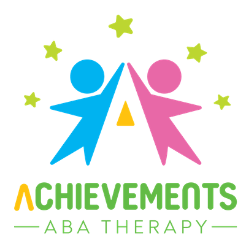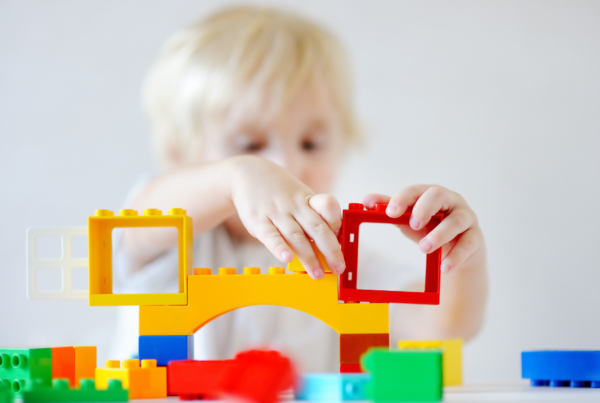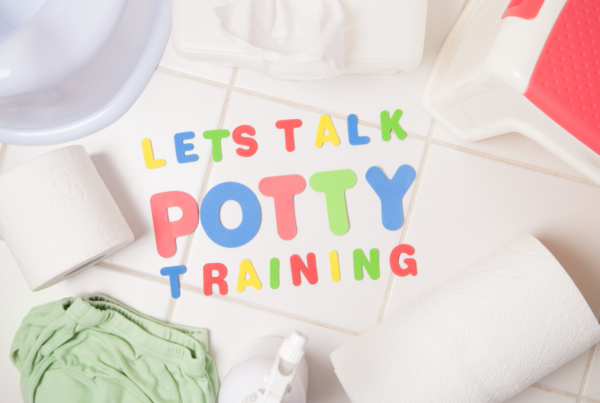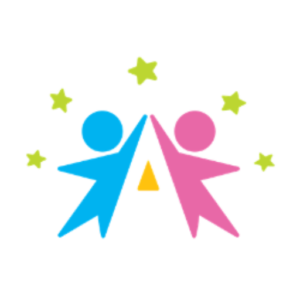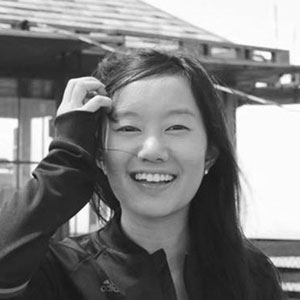Many parents of children on the spectrum relate to the problem of difficult transitions. Their child can be performing a task beautifully and suddenly get stuck in their thinking. They have a hard time handling change.
A helpful strategy is to use pictures, written lists, or timers. We call these visual supports. This is a commonly used and helpful ABA strategy.
First- Then Boards
First-Then boards are also helpful visuals that give your child a sense of control of the situation. They normally include a laminated strip of paper with icons. The icons portray the first (non-preferred activity) and then (preferred activity.)
Timers
Timers also help your child understand how much time he has for each activity. Seeing the schedule ahead of time really helps. This gives them a sense of predictability. It promotes flexibility and independence with the tasks of everyday living.
Social Stories
Social stories are an effective method of working on transitions. Social stories is a strategy developed by Carol Gray that uses stories to increase awareness of problematic behaviors for children with autism.
Prepare your child
Give your child enough time to prepare him for the transition. Before leaving the park, tell him ten minutes before that you are soon leaving. After, give him a second reminder 5 minutes before leaving.
Types of Visual Schedules
Object Visual schedule
An Object Visual schedule is used for children with little to no prior experience with visual schedules. Objects that are used for each activity are placed under each icon in a clear chart for the child. They are most effective with visual and tactile learners. An object visual schedule should be used if the child is able to associate meaning with an object but pictures are still too abstract for him.
Photo Visual Schedule
A Photo Visual Schedule is used when a child shows interest in photographs.
A way to check if your child is ready to use a photo visual schedule is to see if he/she can point to or name specific people or items in a photo.
It is also important to see if your child has the skill of matching objects to a picture. To test this skill, give your child an object and see if he can match it to a picture of the same object. He/she should also be able to match photos.
To be able to use a photo visual schedule check to see that your child can attach meaning to or gain information from a photo.
Icon Visual Schedule
Another common visual schedule is known as an icon schedule. These are used when a child can match a photo to an icon that represents the same item or place.
Sight Word Visual Schedule
Sight Word Visual Schedules are used for children that are at least a beginning reader. To use a sight word schedule, the child has to able to understand the meaning of a written word. Also, make sure that the child can operate in different settings where a written word is shown.
